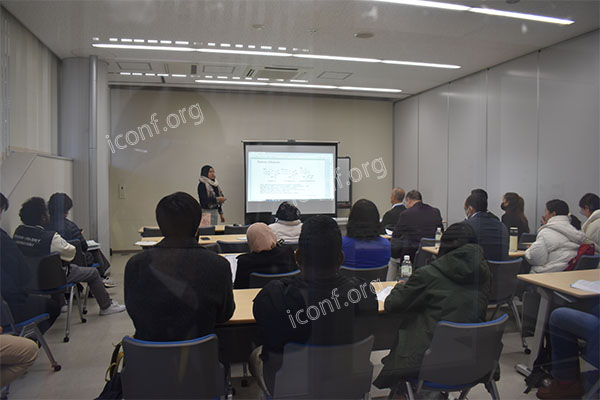Publishing and internal operations are complex processes with multiple stages, which aim to transform manuscripts into final publications and ensure the quality and market impact of publications. The following are the main stages usually involved in publishing and internal operations:
1. Manuscript Submission and Preliminary Review
-Manuscript Submission: The author submits the manuscript to the publisher or editorial office.
-Preliminary Review: The editor conducts a preliminary review of the submitted manuscript to determine whether it meets the publishing standards and scope.
2. Peer Review
-Selection of Reviewers: The editor selects appropriate peer reviewers for the manuscript.
-Review Process: Reviewers evaluate the manuscript's originality, quality, and the validity of the research methods and conclusions.
-Feedback: Reviewers provide comments and suggestions, and the editor makes a decision (accept, need revision, or reject) based on this feedback.
3. Manuscript Revision
-Author Revision: If necessary, the author revise the manuscript based on the suggestions of the reviewers and editor.
-Review: The revised manuscript may be sent for review again to ensure that all concerns are addressed.
4. Acceptance and Editing
-Acceptance decision: Once the manuscript has been accepted after necessary revisions and reviews, it enters the editing stage.
-Text editing: The editor edits the article for language and format to ensure clarity, consistency and compliance with publishing standards.
5. Design and Layout
-Design: The design team determines the layout design of the book or article based on the type of publication and the target market.
-Layout: The edited text is typeset according to the design requirements, including the layout of charts and pictures.
6. Proofreading and Final Review
-Proofreading: Carefully check the text, charts and layout, and correct any typos, typographical errors, etc.
-Final Review: The editor and/or author reviews the final proofread manuscript to ensure that all content is accurate.
7. Production
-Printing: For paper books, it enters the printing stage, including the printing of the cover and inner pages.
-Electronic version production: For e-books, electronic typesetting and format conversion are performed to ensure compatibility with various reading devices.
8. Distribution and Marketing
-Distribution: After the print or electronic version is produced, the book is distributed to readers through various channels (bookstores, online platforms, etc.).
-Marketing and Promotion: Books are promoted through advertising, media publicity, social media, book fairs, etc. to increase visibility and sales.
9. Sales and Feedback
-Sales: Publications are sold in the market.
-Reader Feedback: Collect feedback from readers and the market to provide insights for subsequent publishing projects.
Each stage is crucial, and any mistake in any link may affect the quality and market performance of the publication. Publishers and authors usually need to work closely to ensure the smooth progress of each stage.
